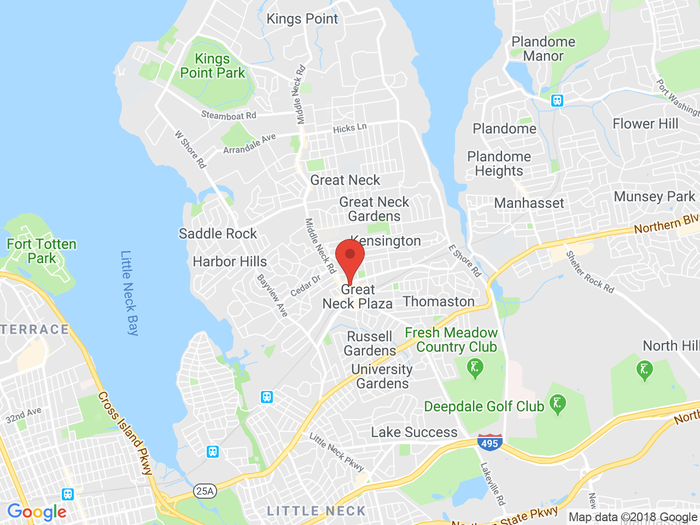Blog
What is a Dental Bridge and Who Might Need One?
No matter how vigilant you are with your oral hygiene routine, you might still find yourself in a position where you are missing one or more of your teeth. When this happens, dental bridges are a great option to fill in the missing tooth and give you a fuller, more healthy-looking smile.
What’s a Dental Bridge?
Dental bridges consist of a false tooth, which is typically made from porcelain, held into place by the real teeth on either side of it. Depending on the placement of the missing tooth and your overall dental health, there are several different styles of bridges that can be used to fill in the gaps in your teeth. We’ve outlined the different types of dental bridges that we use in our office here:
Traditional Bridge
As stated above, the most common way to implement a dental bridge is to use the two surrounding teeth to hold the false tooth in place. This can be done using crowns on each of the adjacent teeth and a pontic in between.
Cantilever Bridge
Slightly different than a traditional bridge, this option would be used in a case where there is only one real tooth that can be utilized. This version places a crown on one tooth to hold the false tooth in place.
Maryland Bridge
This version of a bridge uses either metal fusions or porcelain to create a framework for holding the false tooth in place as opposed to using a crown. This framework can be bonded to your existing teeth to keep false teeth secure and in place.
What Are The Benefits?
If you’ve ever dealt with a missing tooth, you know how frustrating and embarrassing having a gap in your smile can be. Dental bridges can provide you with:
- A fully restored smile
- Easier ability to chew your food
- Readjustment for an over- or under-bite
- Prevention of further tooth misalignment
Who Might Need One?
If you’re missing a tooth or multiple teeth, your options are to either get a dental bridge or a tooth implant. The biggest difference between a bridge and a regular implant is that bridges can last anywhere from 5 to 15 years, while implants are a more permanent option. However, there are a few reasons why getting a bridge might be a better fit for you than opting for an implant.
• Access and Affordability
Dental bridges are a more cost-effective option and are widely covered in most dental insurance plans. The procedure itself is minimally invasive and will have less of a recovery period.
• Pre-Existing Conditions
Since an implant is a surgical procedure, it can pose a risk to those with weakened immune systems or a previous history of gum disease, and bridges are less likely to cause adverse side effects for these individuals.
• Lifestyle Factors
If you are a smoker or take certain medications, there is a chance that these factors can cause your implant to fail. Bridges can be easily maintained regardless of any lifestyle factors.
If you think that a dental bridge is the best solution for you, you should always consult with your dentist to address any additional concerns or questions that you may have. Dr. Julie Liberman DDS of Great Neck Dental Care NY proudly serves patients of all ages in the Great Neck area, spanning New Hyde Park, Floral Park, Douglaston, Jericho, Roslyn, etc. Book your consultation today to determine if a dental bridge is right for you.
Contact Us
Never been happier with a dentist before! The professionalism, individual care, sparkling clean office, and the range of services are amazing. Highly recommended!

